The classic menswear we favor here at the Gentleman’s Gazette is inspired by styles from the 1920s into the early 1960s. And while there have obviously been many well-dressed gentlemen in subsequent decades, we’re confident in making the claim that no menswear introduced beyond the 1960s can strictly be considered classic. What’s led us to this conclusion? Read on to find out!
Defining the “Classic” Style
Style (and to some degree, fashion) consists of what you wear and how you wear it. When it comes to individual articles of clothing, no menswear has actually become a true classic post the late ’60s. We know that’s a big claim, but we have our reasons. So, before we get started, we should get some ground rules for this discussion.
When we say classic, we don’t always mean iconic or even necessarily good-looking–we’re simply referring to the classic style. Taking an example from the 1970s, the jumpsuit is certainly iconic, but that doesn’t make it a classic style. For example, Sammy Davis Jr., who is a gentleman of classic style, certainly looked good in a jumpsuit. Keep in mind that does not make it classic.
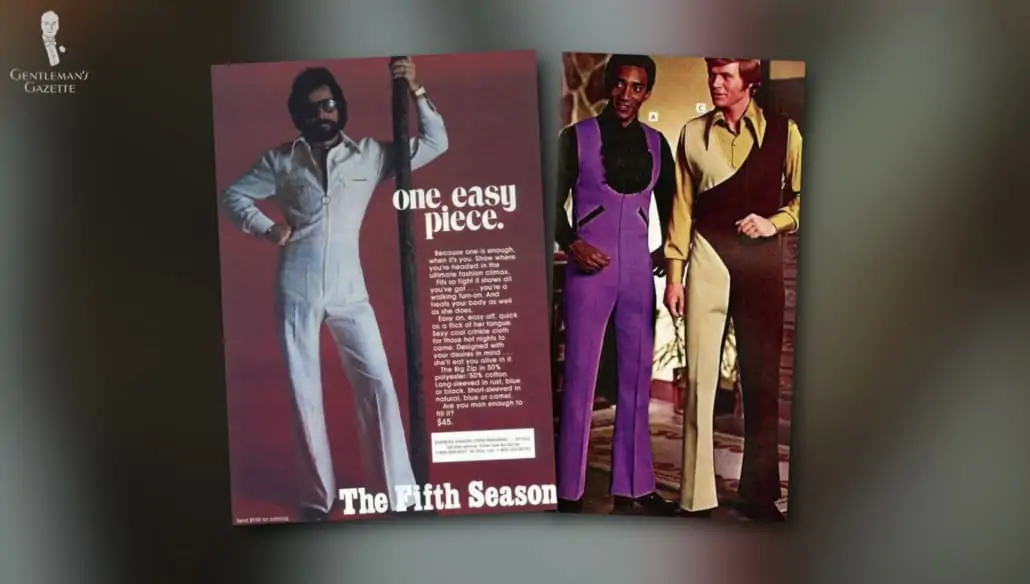
What, then, do we mean by “classic”? By definition, it is a timeless article of menswear; just as wearable now as it was in the past. It can be incorporated into a gentleman’s individual style, but it is still a part of an overall classic aesthetic.
What Do We Mean By “Classic Menswear?”
In our argument today, we’ll consider some major fashion innovations of the late 20th century and try to prove that none of them can fulfill our definition of a true classic.
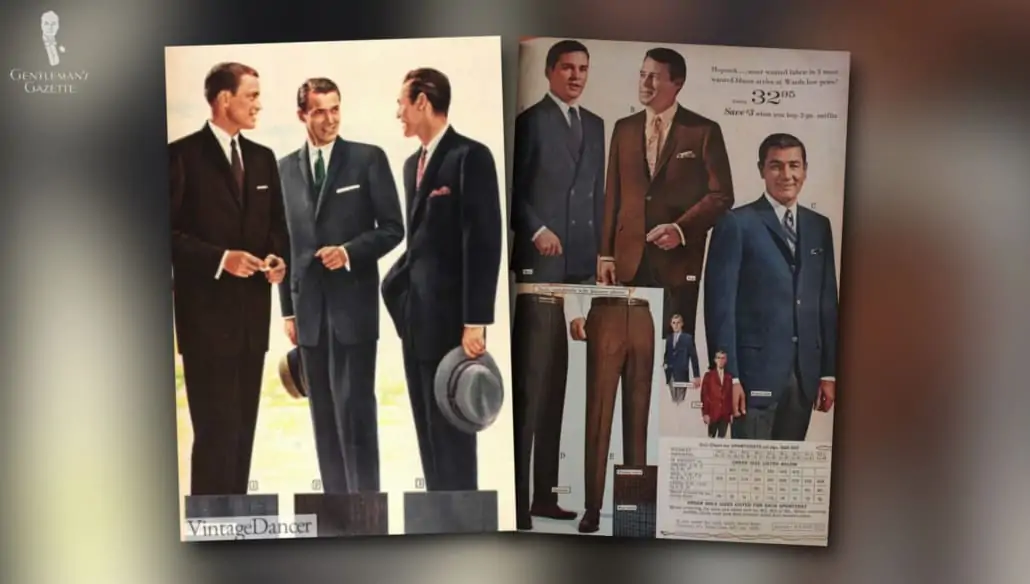
Please keep in mind we’re not saying that classic style is inherently better than all other styles, and we are not saying that all non-classic clothes are ugly. We’re just here to find out if any menswear from the late ’60s onward can be considered classic under our above definitions.
Settling Scores with The Suit
We’ll prove our point starting with the most fundamental menswear item: the suit. If asked to comment about many big changes in menswear in the 1960s, most people would refer to the different changes that happened to the suit.
From the psychedelic peacock revolution to the jarring flash of the disco era. Even to the totally tubular trends of the 1980s, which our viewers may recognize from watching Miami Vice or playing Grand Theft Auto: Vice City.
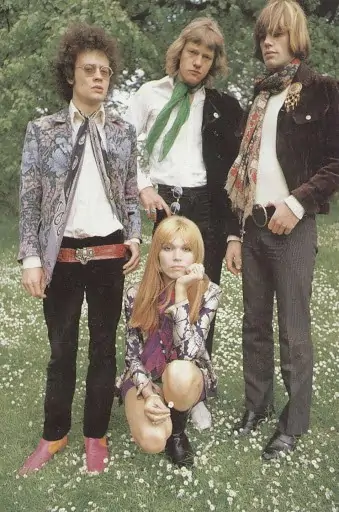
Suit colors, styles, and fabrics have certainly gone through a big evolution in this latter part of the 20th century, and we comprehensively cover this in our guide on the suit’s evolution. So, have any of those changes produced a new classic? In our opinion, no.
First of all, some of these iconic looks from these eras are just too dated to be included in this classic look. Gentlemen might be able to pull off extremely flared lapels or a fringe leather jacket. But, those will be more statement pieces, not something that’s a true classic.
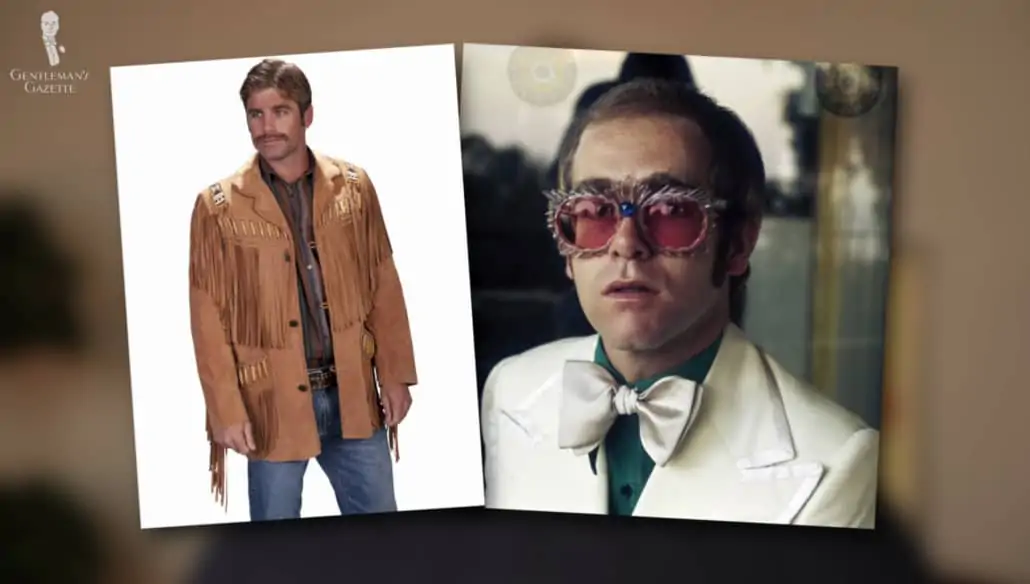
Of course, one could argue that broader suit trends from these eras could also qualify them to be a new classic. For instance, the use of bold colors or unique fabrics has become more prevalent since the ’60s.
Interesting colors have always been a part of classic menswear. The key thing to remember is that the amount of color and the type of color you wear should be suitable for the occasion. Jewel-toned dinner jackets can work on certain occasions, but not others. Fortunately, you always have us here at the Gentleman’s Gazette to help you navigate those situations.
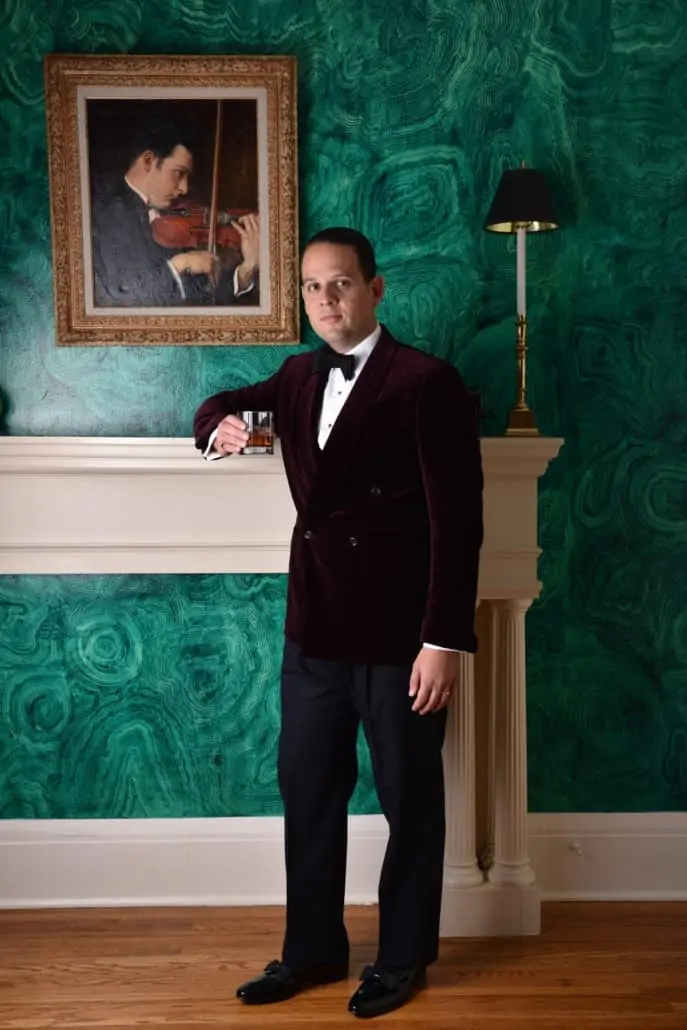
As for fabrics, it is true that some of the functionality of fabrics has shifted. For instance, sporting fabrics like tweed, merino, and corduroy were originally only for outdoor activities like hunting. But now, your tweeds will look just as good indoors or at an office party as they would outdoors while you’re out duck hunting. (As for modern camouflage, we’ve tackled that in another guide.)
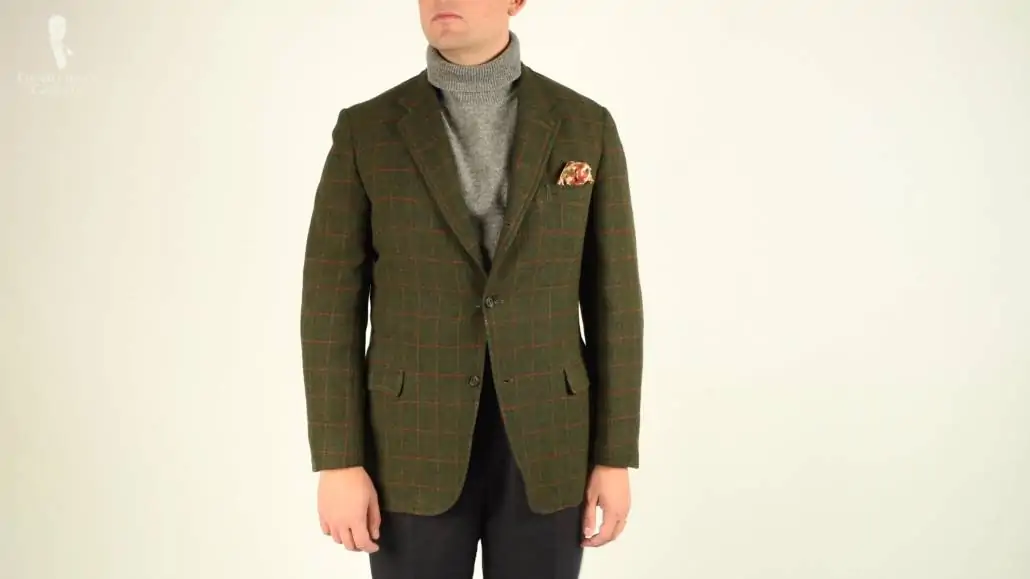
When it comes to colors or fabrics, the form and function may change throughout the years, but the classic principles will remain the same. Fundamentally, the same can be said for most evolutions of the overall style of suits; for instance, lapel width, trouser length, cuts, and similar detailing.
While trends in detailing come and go, the timelessness of a classic suit still depends on certain tents of information that we cover in our guides on this website. So, even though pinstripes might have been revived in the ’90s, they were already a well-established part of menswear.
New Applications for Old Clothing Articles
The second half of the 20th century presents a lot of examples of menswear being revived and repurposed.
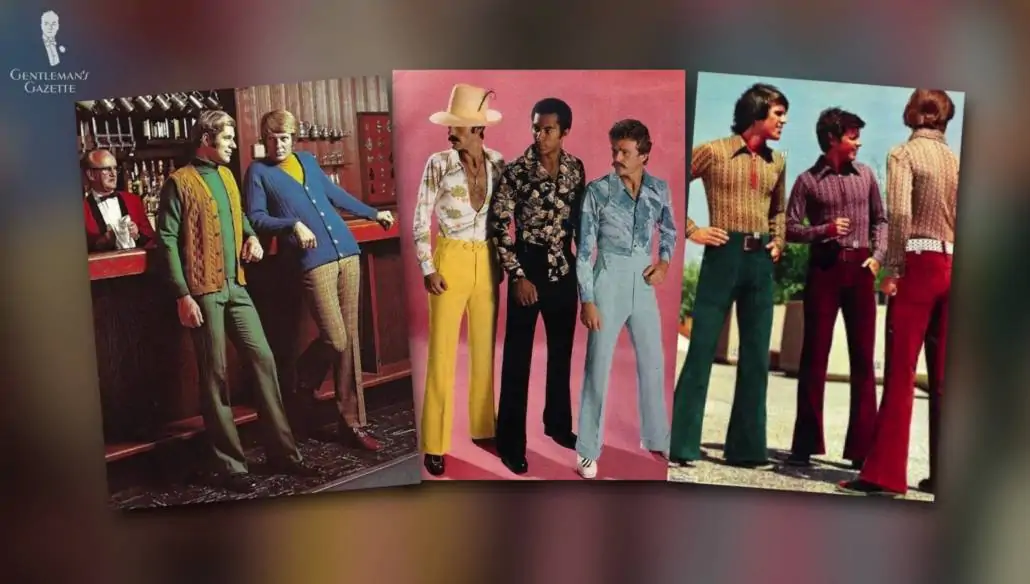
Jeans
Did you know that denim fabric was actually around when William Shakespeare was alive? Modern jeans were created in the 19th century, but the fabric itself has actually been around since the late 16th century. For most of their history, jeans have been used as utilitarian garments; something that’s comfortable and can be worn in dirty conditions.
After World War II, jeans became increasingly popular as a youth emblem, and they eventually became staples of everyday wear. Around the 1970s, the jeans and blazer combination caught on. This was seen by movie stars, even college professors.
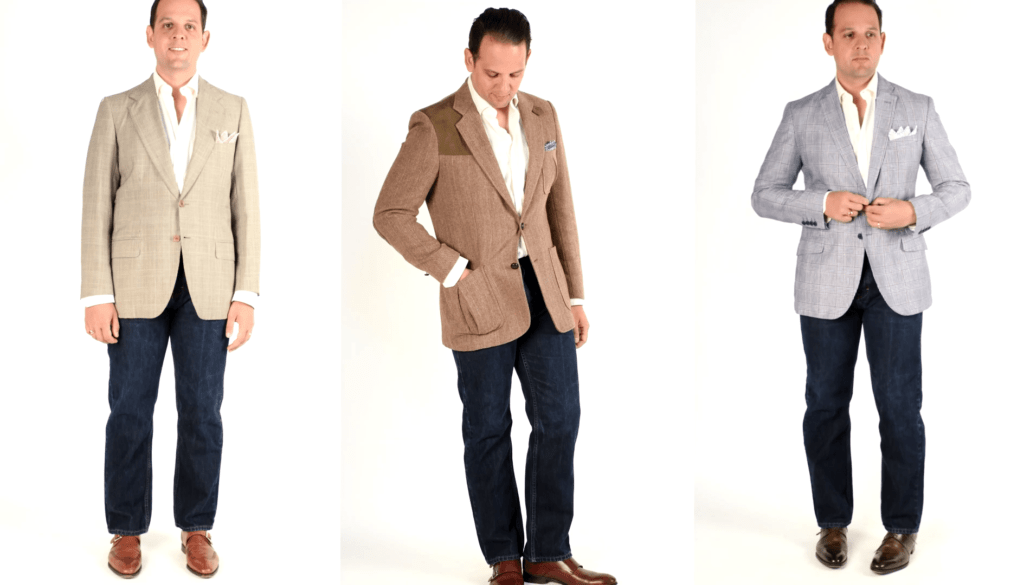
This style has also become popular with tech magnates and others the world over, and jeans aren’t the only modern menswear article with an interesting past.
Chelsea Boots
We may associate Chelsea boots with the British invasion of the 60s, but they’re actually quite popular when Queen Victoria reigned.
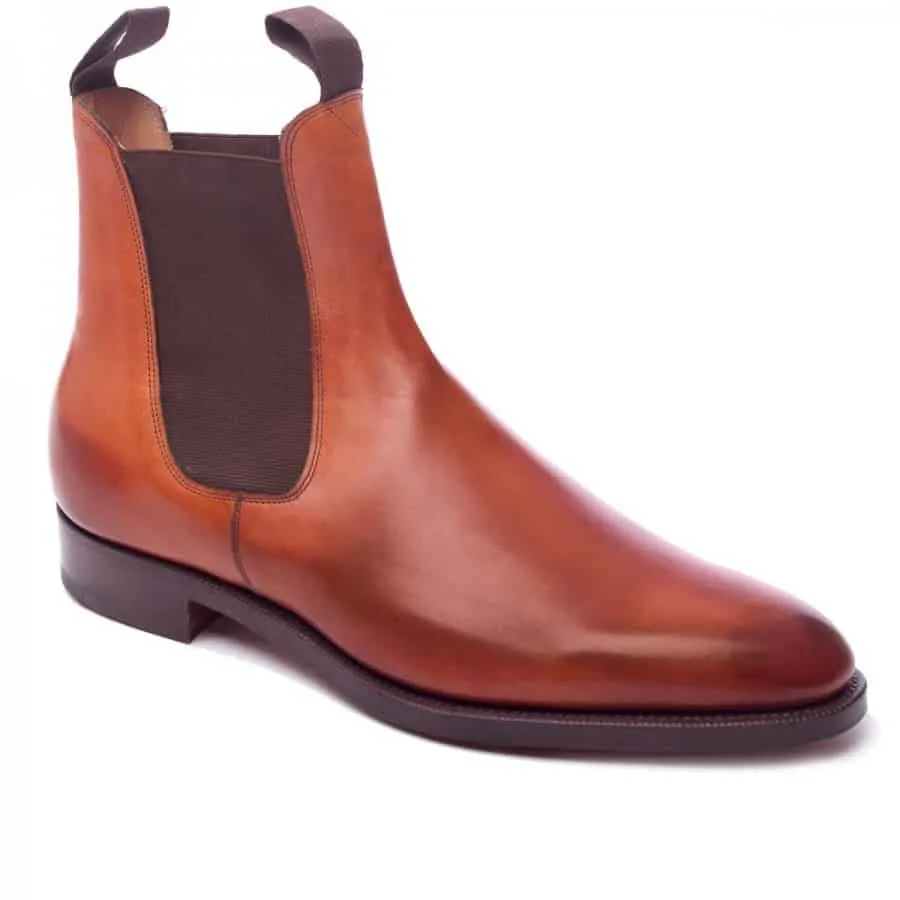
Sunglasses
Most modern sunglasses have their origin coming from the cockpit of a plane or a race car. Did you know that the first aviators were created in 1935 for the United States Air Corps?
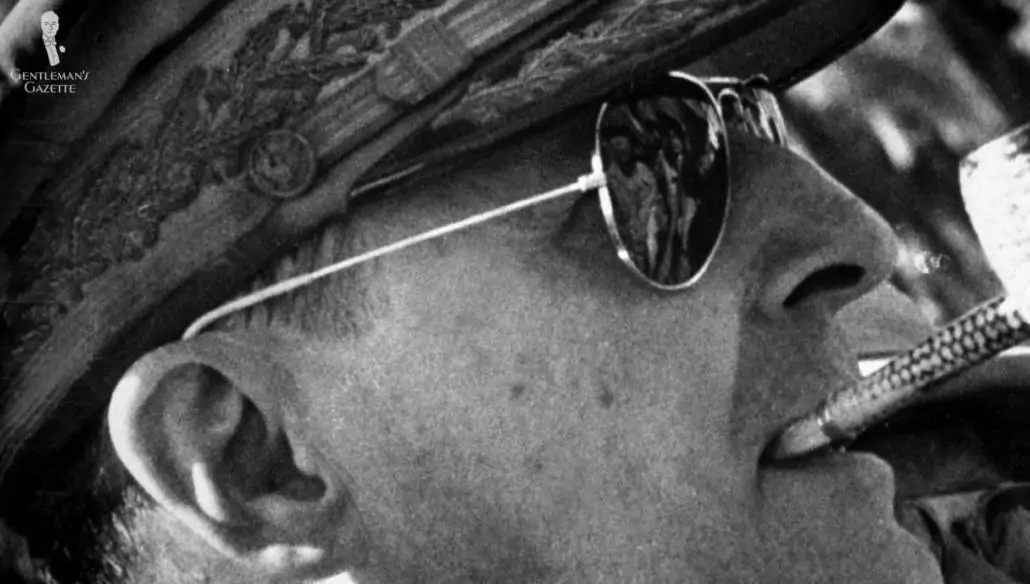
Another interesting history here is that the highly modern Persol 714 was actually a number of years old before it was popularized by Steve McQueen on the set of The Thomas Crown Affair.
Wristwatches
Gentleman’s wristwatches were first introduced in the 19th century. While plenty of newer models have been released, many are based on styles that came out in the early and mid-20th century.
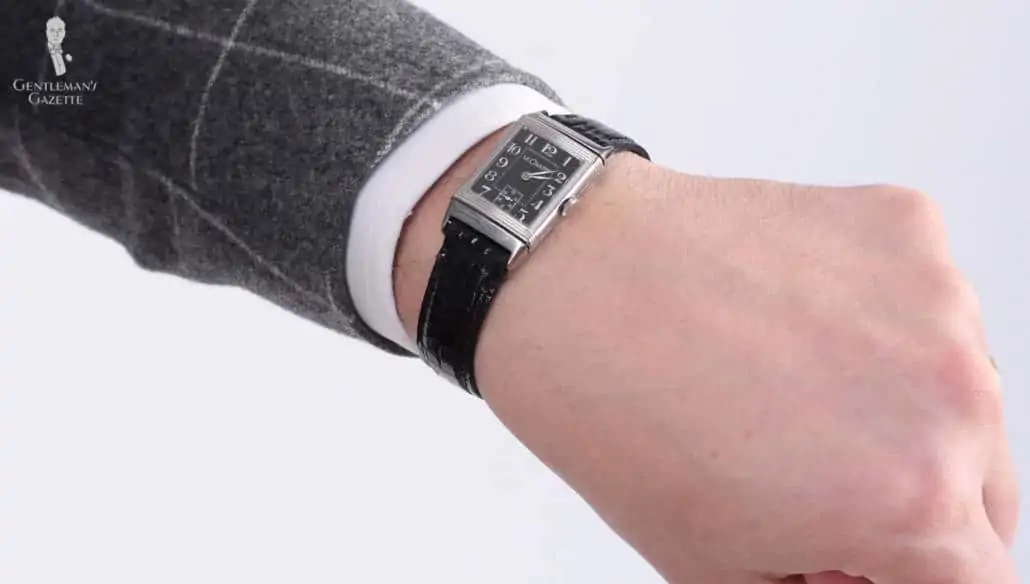
Chukka Boots
In the world of early sporting, chukka boots got their start on the polo field.
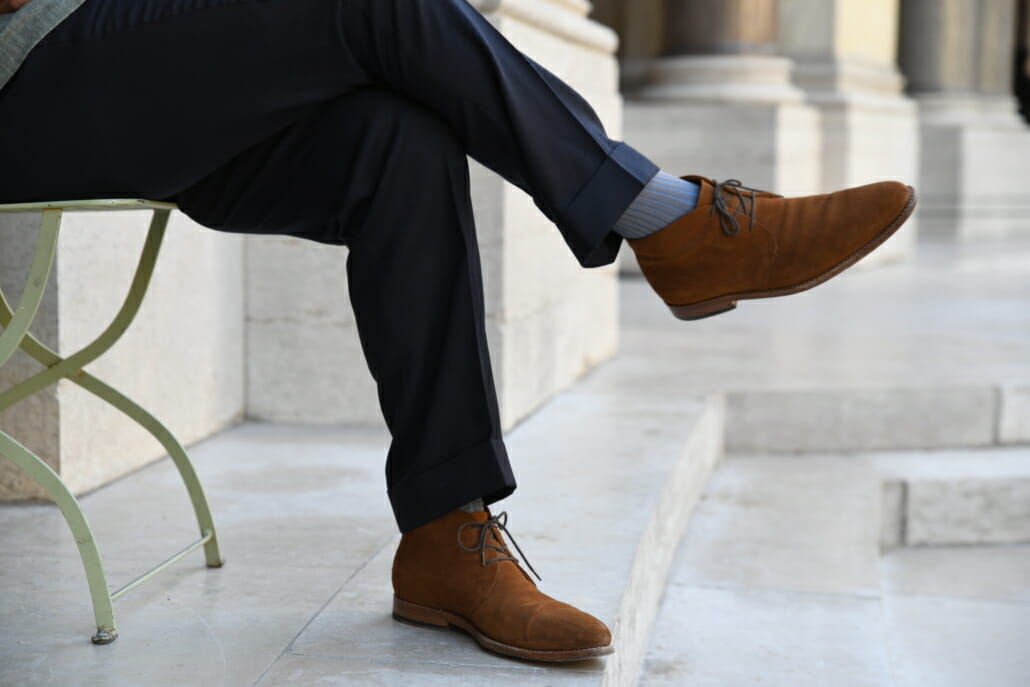
Polo Shirt
The polo shirt underwent many evolutions on the tennis court long before it was associated with keg parties.
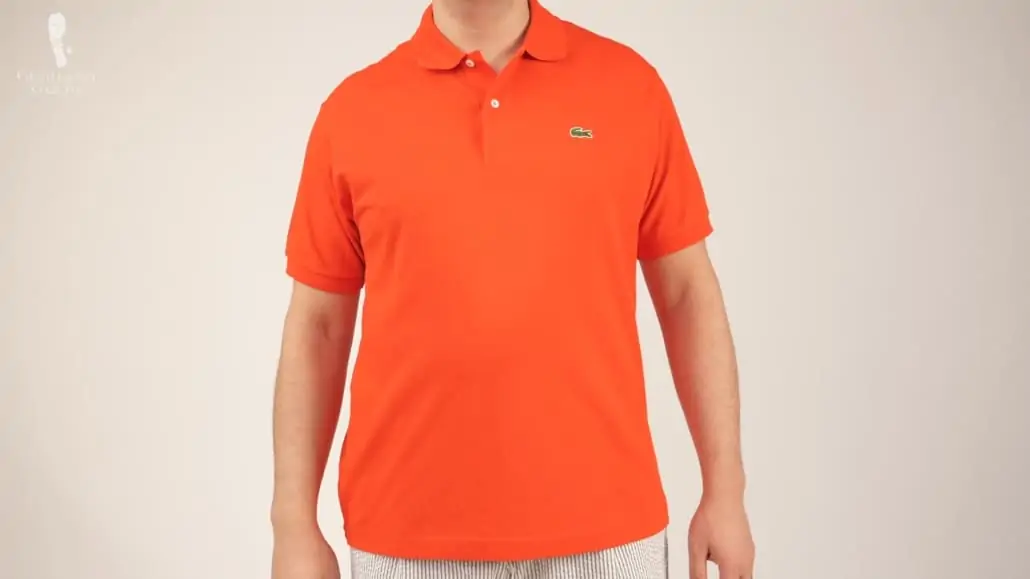
Boat Shoes & Moccasins
While boating shoes and driving moccasins are now worn as casual footwear, until the second half of the 20th century, they were rarely seen outside of a speedboat or an automobile.
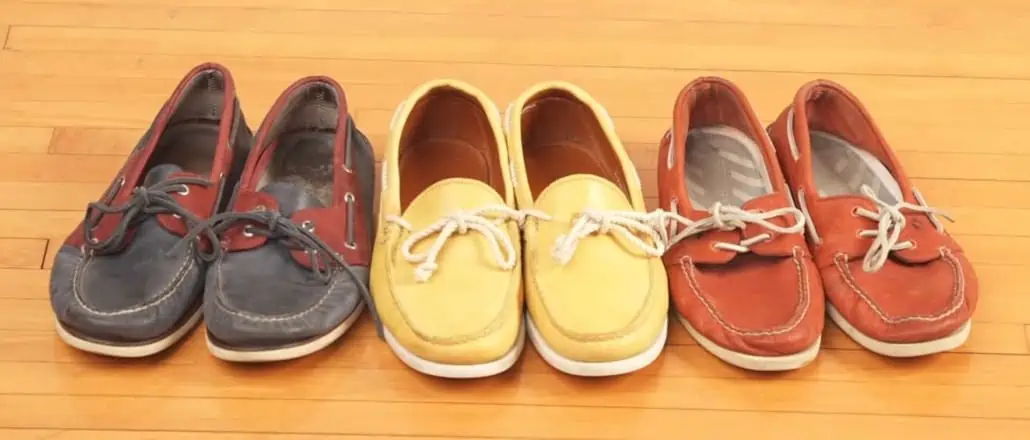
Coats & Jackets
Coats and jackets have also undergone a major shift in their use. The iconic Moncler jacket, before was a must-have winter accessory, was actually used by professional skiers and professional mountaineers.
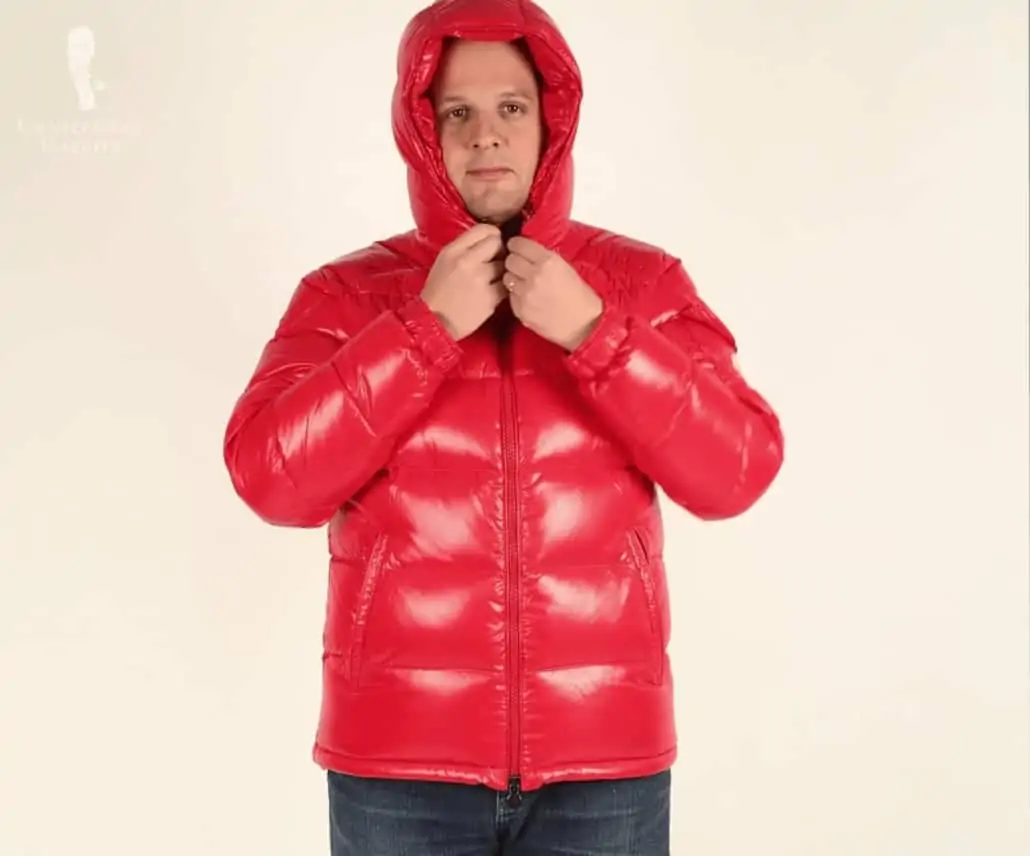
The Harrington jacket may have received its name in 1964 from a Ryan O’Neill character, but it was first designed in the late 1930s.
Motorcycle jackets were worn in the early 20th century to prevent road rash, but are now commonly seen on men who have never even been on a Harley-Davidson. Historic military jackets are often also popular off the battlefield.
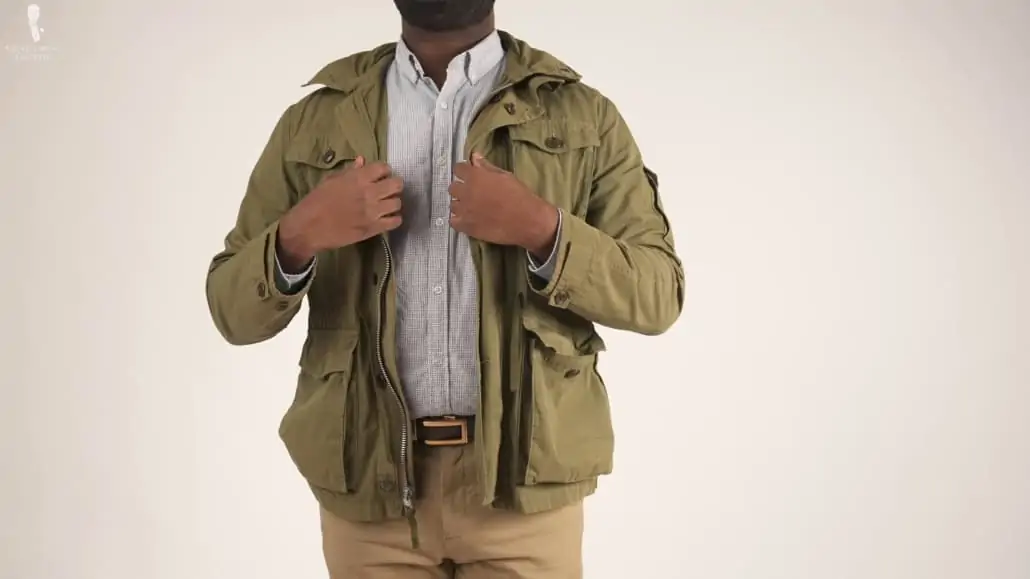
Bomber jackets and the M-65 field jackets have obvious military connections, but did you know the duffle coat got its start in the armies of 19th century Europe? It was even standard issue for the British navy in the 1890s.
Chinos
Speaking of military wear, then, many cotton garments, like twill chinos, were designed for military applications because they were cool and durable. Khaki, as it is often described in North America, was first introduced by the British colonial armies in the 1800s.
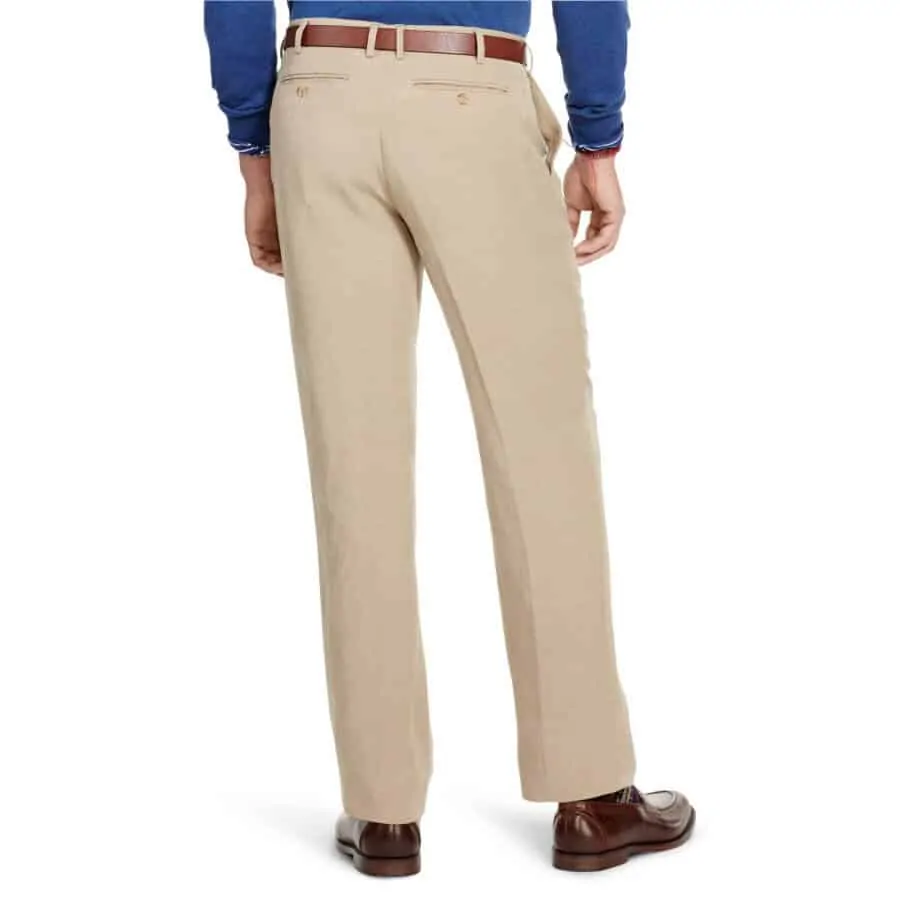
Athletic Wear
Returning to the world of sports, we’ll see that most modern athletic wear is actually much older than you might think. Some of the first hoodies were created by Champion in the 1930s.
Sneakers or trainers have been gracing croquet, basketball, and tennis courts since the second half of the 19th century.
While exercise suits, like tracksuits and shell suits, have been keeping their wearers cool for decades, even before the rise of 80s hip-hop artists, the Sopranos gangsters, or the rise of Athleisure.
Why Are Post-1960s Men’s Styles Not Classic?
Given their interesting histories, are menswear innovations beyond the 1960s be considered classics? We would argue that they can’t.
While it’s true that these fabrics and clothes have all been worn in ways that they weren’t traditionally intended to be worn, they all existed before the 1960s and were regularly utilized. The range of those conditions has simply expanded.
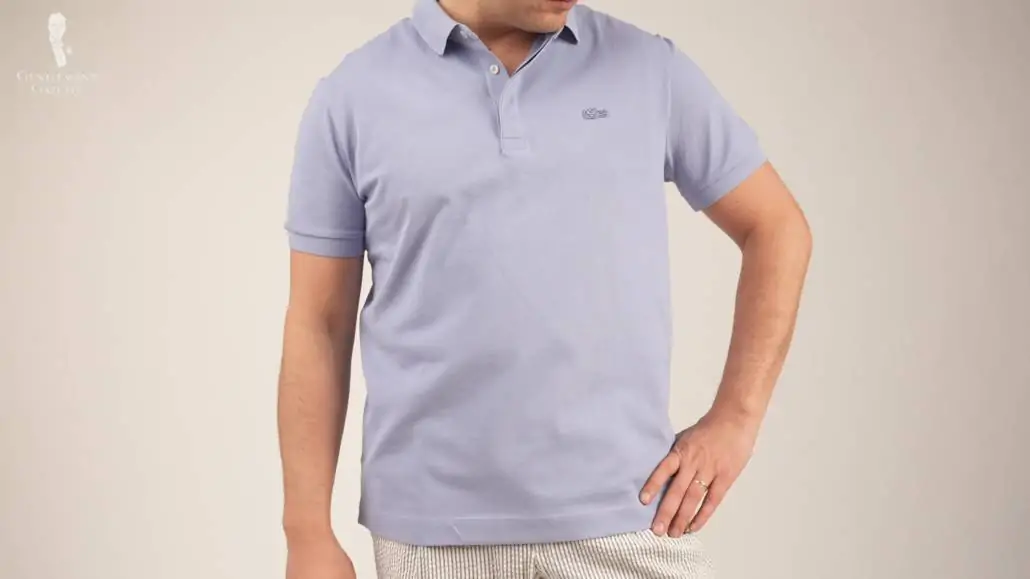
So far, we’ve only been obliquely referencing the most significant trends in menswear in the most recent decades. Since the 1970s, the suit and tie ensemble has been winning outside of the business world. Nowadays, many offices no longer require ties. It feels like traditional dress shirts and ties have been replaced by luxury $200 t-shirts.
As we’ve noted, most of these casual classics have existed as niche garments before they became a part of everyday wear. But, could one argue that wearing these old clothes in new ways does constitute in itself sort of a new classic? Well, we say, no.
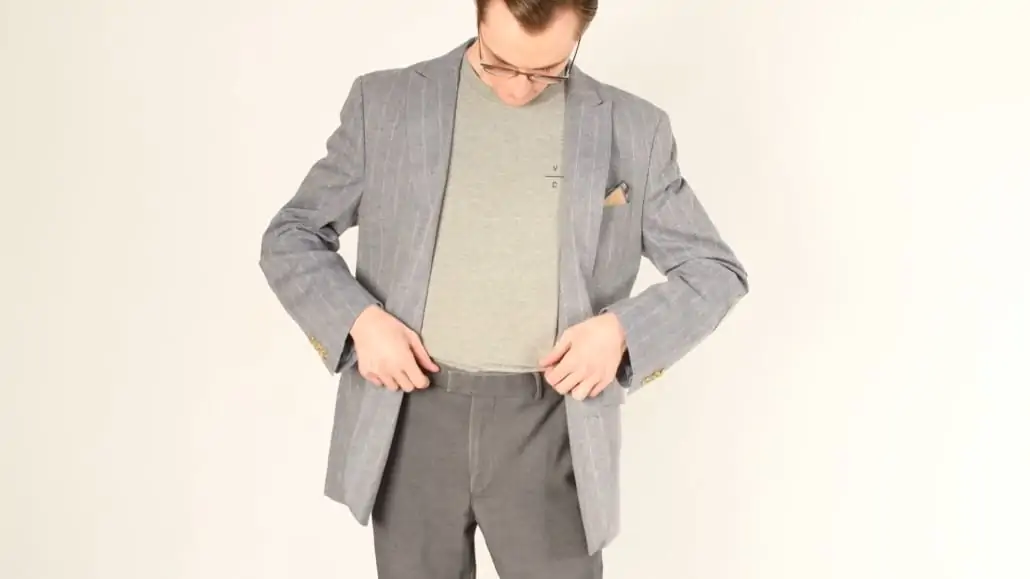
As we mentioned before, the moment that an article of clothing is no longer recognizable as timeless, it ceases to be a part of classic style, and this includes altering its function like wearing an undershirt as though it was a dress shirt.
Just like we mentioned earlier, for certain garments to still be a part of classic style, they need to be worn in the right circumstances. So, gentlemen can pull off sneakers, but only in the right circumstances.
There’s even a time and place to wear a suit jacket without a tie. But, unless one adheres to classic style rules, the style itself cannot be considered classic.
We hope that at this point, we’ve clearly explained to you that no post-1960s menswear is part of classic style. Most classic menswear styles have their origins long before the 1960s. Even if those articles are used in new or in different ways, they still have to adhere to certain classic style rules to be considered a true classic.
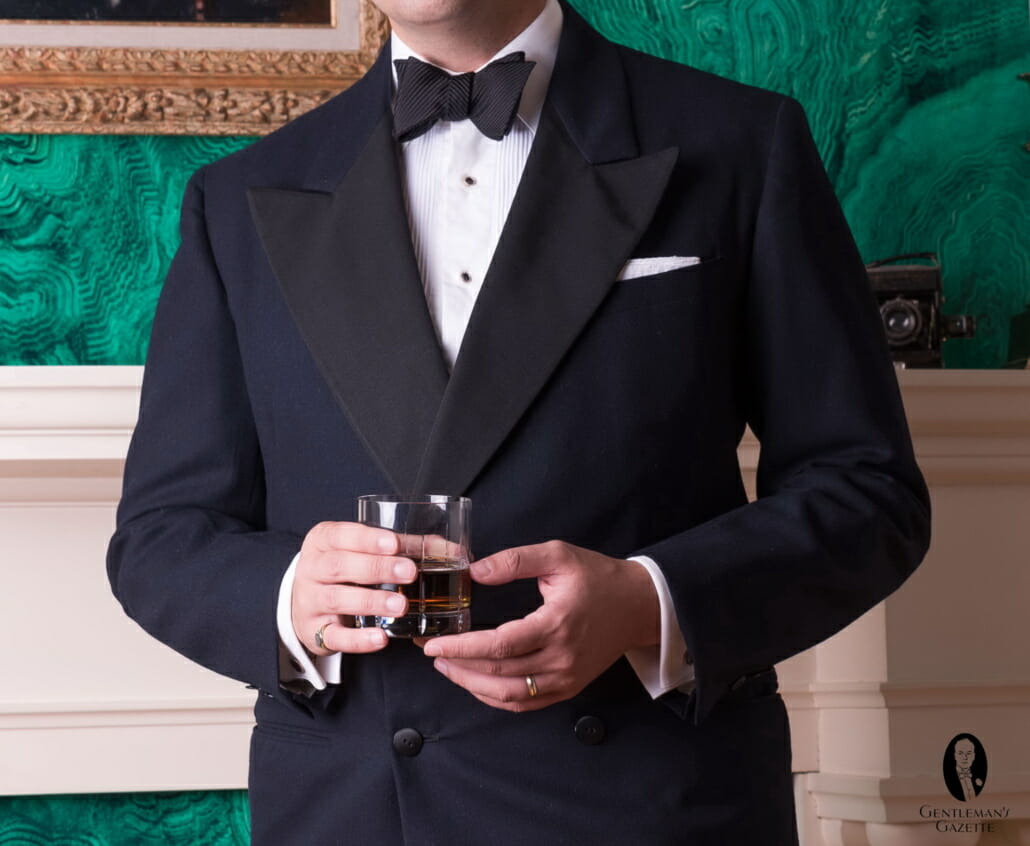
The same logic also applies to broader trends like cuts, patterns, colors, and textures. Unless they can be integrated into the classic style, they are not true classics.
This begs the question: why can’t any menswear from the 1970s, for example, fill these criteria? We think it’s partly because most menswear after the 1960s departed too greatly from classic style rules. Think the wild prints of the 70s or the baggy cuts of the 80s and 90s.
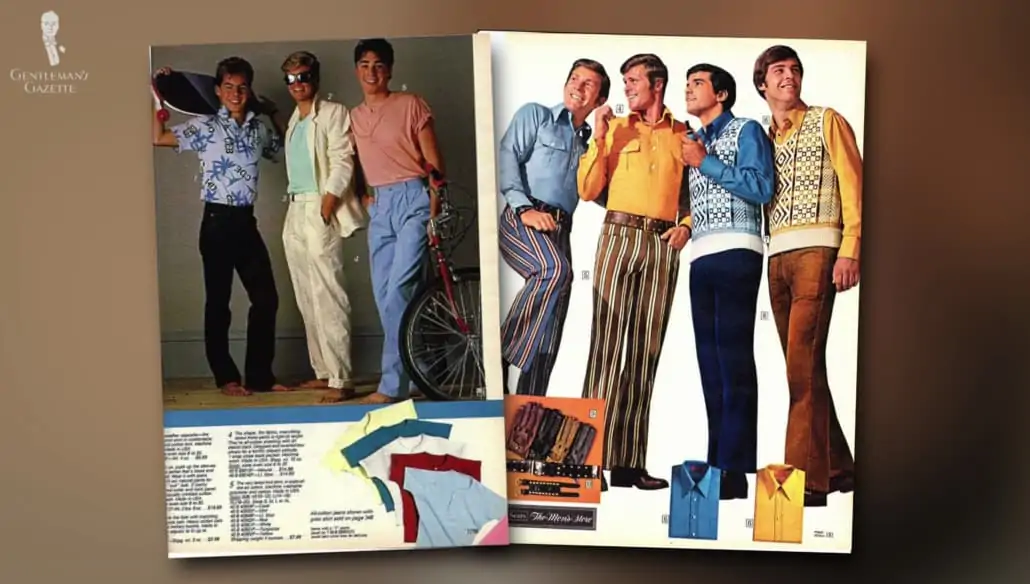
Also, later from the ’90s on, menswear was inundated by the conventions of things like fast fashion, where they focus more on quantity over quality. Classic versatility was set aside in favor of flash trends and self-centered fashion.
However, for gentlemen who prefer the classic style, its main point of appeal is the fact that it’s timeless, versatile, and always easy to wear. Classic clothing articles and styling have literally stood the test of time. They remain elegant and appealing despite the passing of decades.
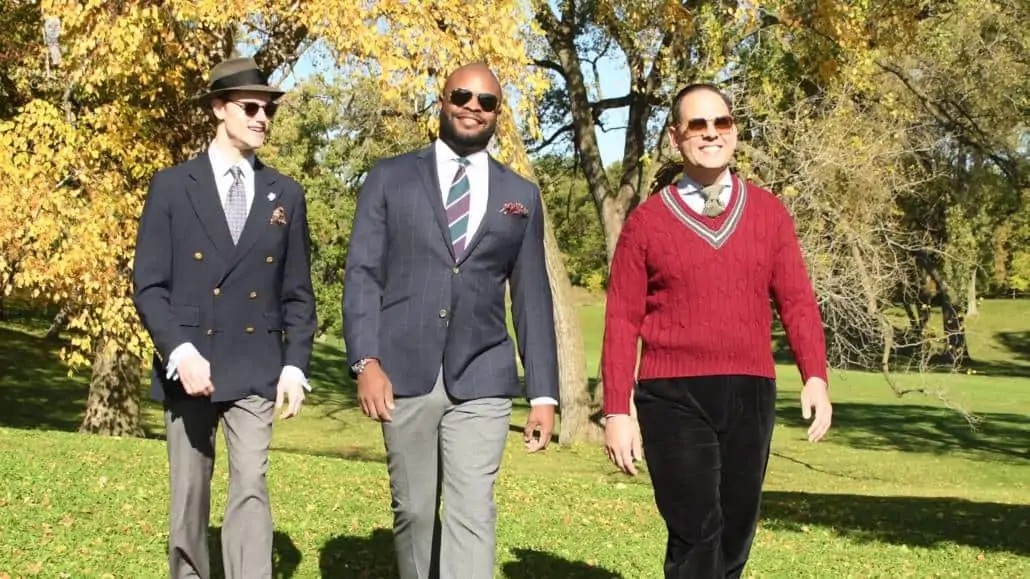
The classic style is broad enough for individual expression, and also provides guard rails to help gentlemen look their best. Moreover, it’s a style that has been developed by generations of stylish gentlemen that have developed rules and conventions that help them look their best.
As a closing thought, maybe there haven’t been any new innovative classics since the 1960s because we’re still trying to find new and innovative ways to wear what we already have.
Outfit Rundown
I’m wearing a navy blue cable knit sweater from, Ralph Lauren
and a white and brown striped dress shirt along with green slacks, brown dress shoes, and, of course, my Fort Belvedere socks.
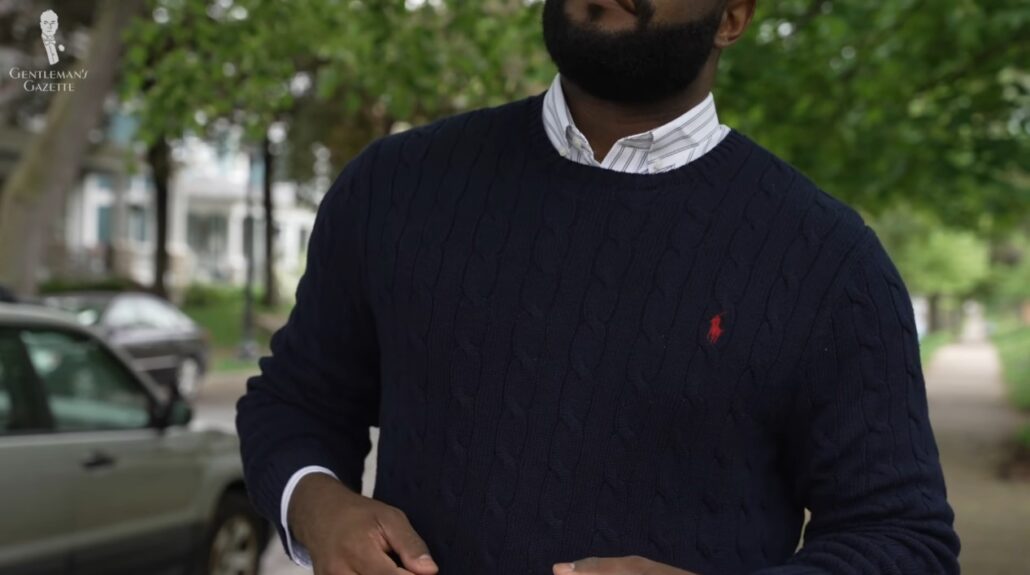
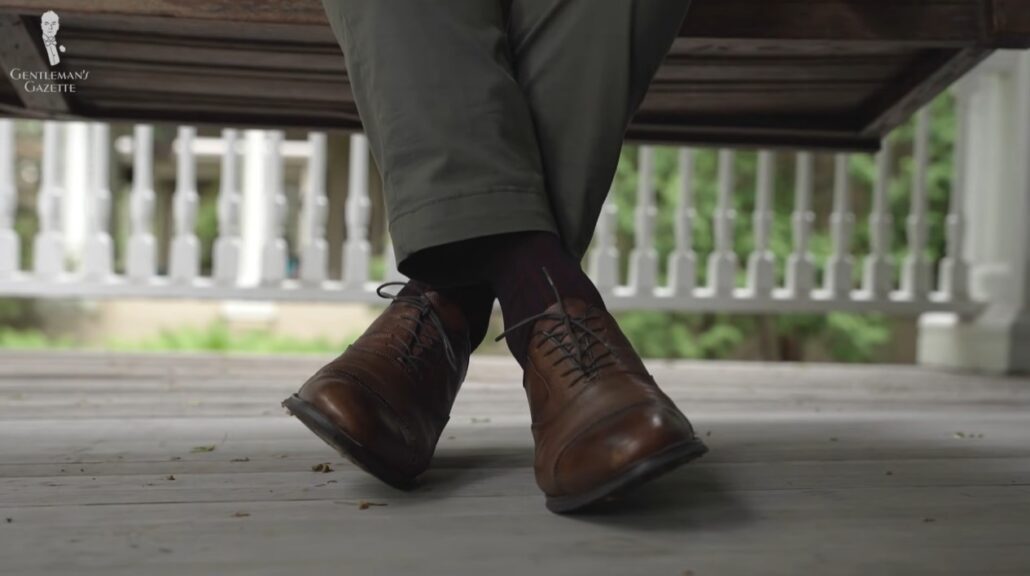
brown dress shoes
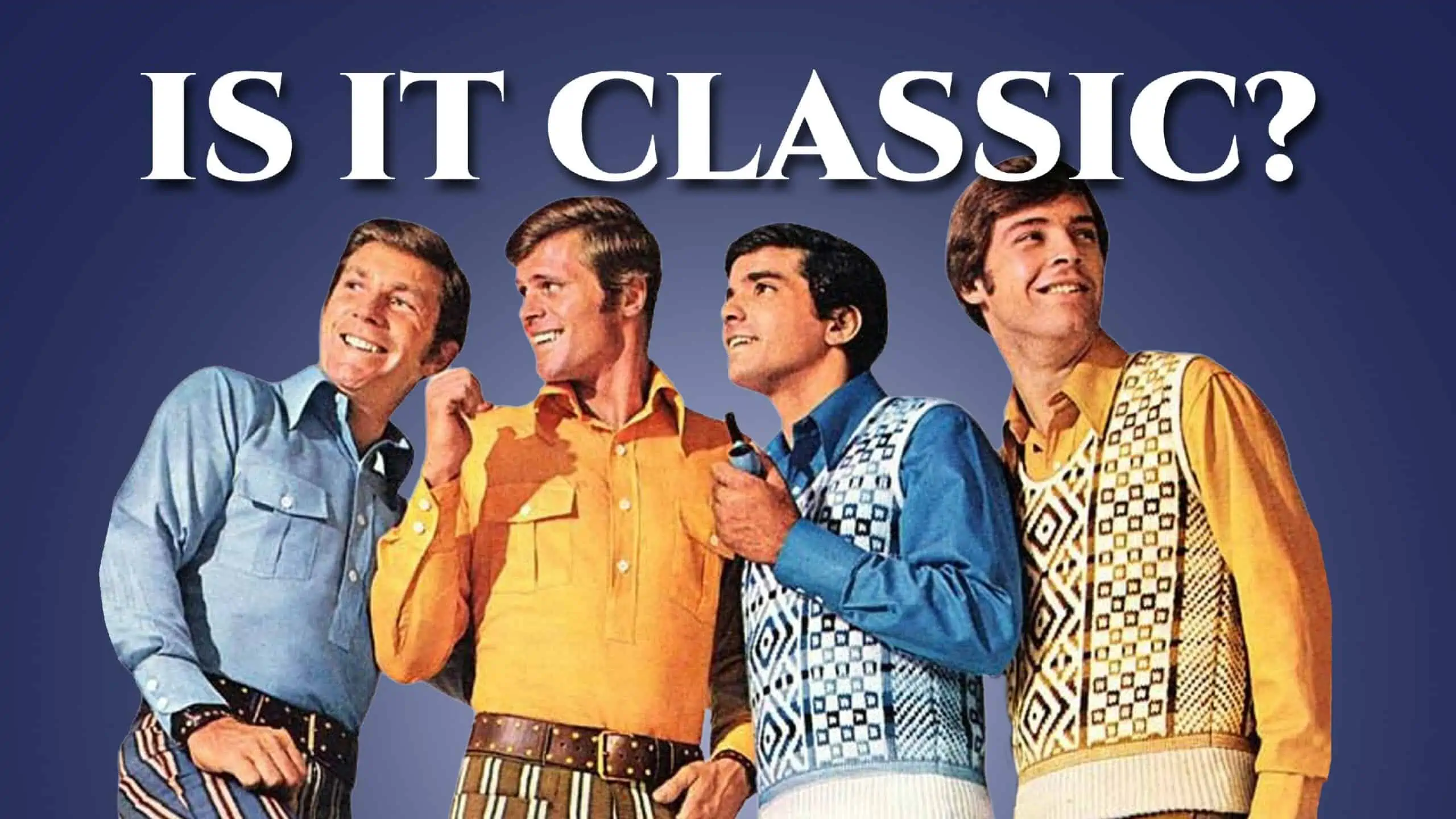
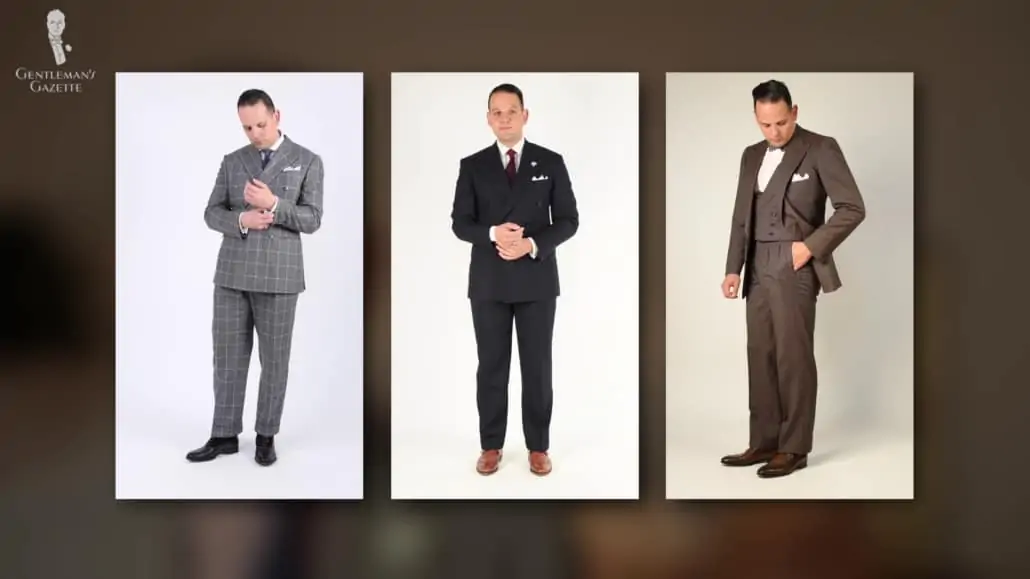
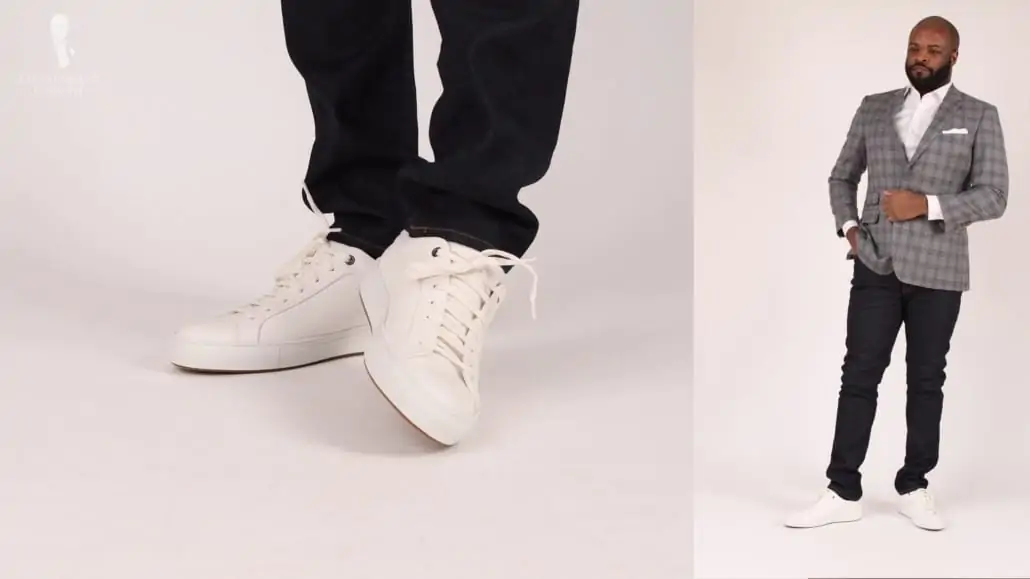
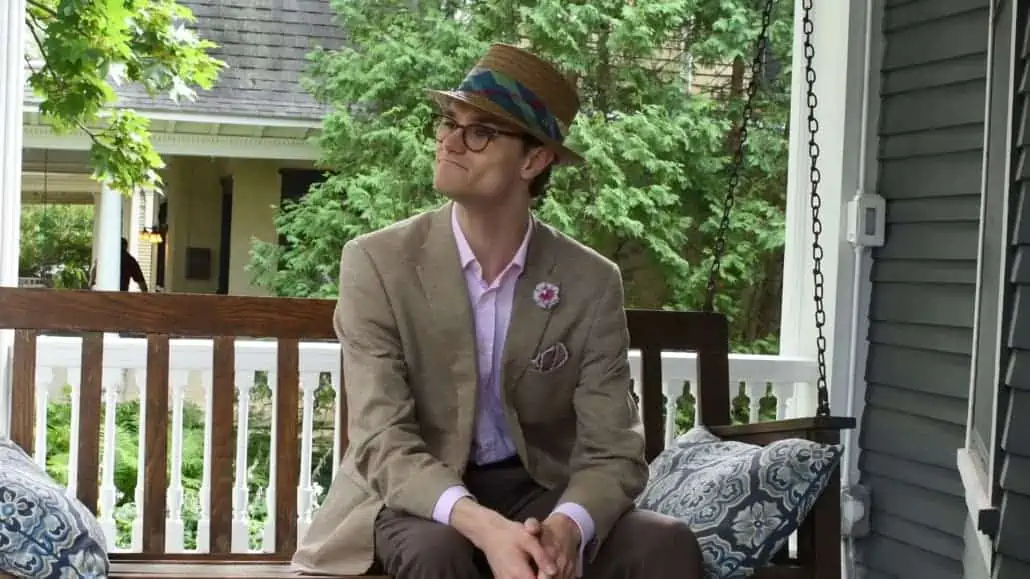
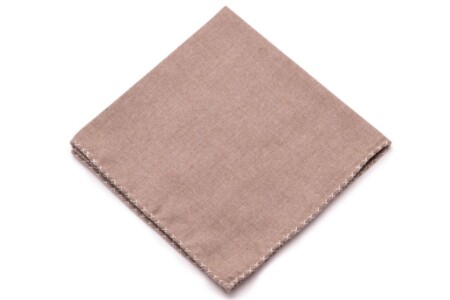

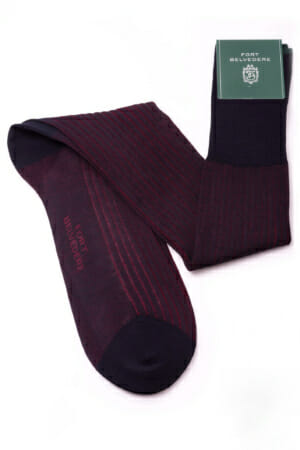
The man show as Aviator is five-star General Douglas Mac Arthur..!
Quite right! We’ve updated the caption to reflect this.
Somewhere out there is a closet where Nehru jackets went to die.
No!… They are alive and very well in Iran. Thank You.
I’d have to say the over reliance on colors and fabrics not found in nature combined with an intentional, forced effeminacy contributed to the sordid nature of 70’s ‘fashion’. Good post all around, although bad form on the MacArthur miss.
Ah yes, the 1970’s. That great Dark Age of men’s fashion. Remember double knit polyester? It was like walking around inside a scouring pad. You burned up in summer and froze in winter. Good riddance I say. May it never return.
News commentators, spokesmen for products and actors in commercials are displaying suits with vests again. Are vests coming back?
In some circles, they never left.
In some circles, you get asked why you’re wearing a tuxedo, or where the wedding is at. Sigh.
But I sure hope they’re “back”. I love wearing them. Favorite way to keep my tie in check (when not wearing a bowtie).
Enver Hoxha always wore his suits with vests!
To wear a bowtie is never stylish, wearing a bowtie is American, not British, the famous linguist Jan Knappert said to me of people who were wearing a bowtie, that it is not stylish, he further said to me that he would never die in that!
Bow ties & boutonnieres belong on clowns !
I have to disagree about bow ties and clowns. Cases in point:
1) KFC’s Colonel Harland Sanders
2) Sven Raphael Schneider
Not to mention I worked with a trainee doctor who got a reputation for being best dressed in the department being the only one (other than consultants) to wear a suit. Half the time he wore a bow tie which made him stand out even more but in a good way. I’d also argue when dealing with patients (especially in a surgical unit) bow ties are probably better as there isn’t the risk of them coming into contact with skin when bending over to check wound sites.
Well, I’m American, not British, so we’re cool there. I proudly wear bowties when I’m in a more celebratory mood or for practical reasons (engineering profession and all). They don’t blow around in the wind, they don’t get sucked into machinery, etc. Speaking of Brits, didn’t Churchill wear bowties? [mic drop]
Jack here, the Gazette’s resident Brit! Personally, I don’t feel that bow ties have a nationality – I have a few myself which I enjoy wearing as an alternative to a necktie and have seen many men from all corners of the globe wear them well. Of course, I understand that a bow tie may be considered an acquired taste, which is why we put together this piece to aid others in wearing bow ties with confidence.
Churchill of course wore bowties, even as Aleister Crowley, but they weren’t stylish men!
Touche.
Speaking generally, I think menswear standards have shifted in favor of more casual styles in recent decades, perhaps going back as far as the Duke of Windsor. I think the pendulum has swung too far in the direction of casual styles, and dressier styles deserve to be restored to popularity. For me, I can get excited about learning about bespoke clothing, and more formal styles, but I am simply not interested in finding better ways to wear sweat pants or blue jeans.
I personally don’t have a problem with casual styles of menswear as long as it’s in the right context. For instance, jeans and a t-shirt to do the grocery shopping or having a picnic/playing in the park with one’s kids. I also recognise that for some men getting them to level up their casual style beyond ripped jeans, graphic t-shirts, hoodies and ‘Dad sneakers’ is a big ask so I don’t mind reading about better ways to wear jeans even if I’m more inclined to read more about formal styles.
Speaking generally, though, menswear standards for most men (bar a small minority including readers of GG like myself) have become non-existent. Come to think of it, for both sexes. Some even go as far as to call it Slobocracy. I’ll refer to it as the Anything goes movement aka donning anything remotely suitable for the occasion and/or fairly inoffensive without any real thought. Eg. Black dress pants and shoes with a white collared shirt for a wedding or funeral. Or worse, wearing anything that’s not obviously ripped, stained or soiled. Or that doesn’t directly violate the dress code. Case in point: high tea cruise specifying smart casual (stipulating no tracksuits, singlets or thongs) had men showing up in faded jeans and t-shirts or shorts (gym or board shorts), a t-shirt and sneakers +/- hoodies. These interpretations of smart casual (or apathy toward the dress code) really did detract from the atmosphere of the cruise and so I agree 100% that dressier styles deserve to be restored to popularity.
A lot of (very entitled) people seem to think that simply showing up to grace the host with their glorious presence is reason to not bother changing their clothes. The host apparently should simply appreciate them being there in the first place. Nearly all of them wear jeans to everything, no matter what, simply because they can. Believe me… their presence is not that glorious. I have baseline standards for showing up to things, because it’s polite to show the host that you think highly enough of their generosity and whatever they’re celebrating to not show up looking like Jeff Lebowski. And I certainly don’t go into any stores looking like a hobo. They see enough of that nonsense already, and they seem to truly appreciate when you walk in dressed a bit more nicely.
Or there are those who are just plain apathetic and simply don’t care about making the effort with appearances. Ie. When they’re paying their own way to eat at a restaurant or go to a show. For a while, I’ve been wondering whether COVID and lockdown has played a huge role in the Slobocracy and self entitlement culture. Ie. People think that with lockdowns, restaurants and businesses should just be grateful people are giving them their business and money so it shouldn’t matter what they wear or look like.
In hindsight it’s been happening well before then and not just with young ones trying to rebel. I went to a dinner show a couple of years before COVID where I guess the dress code would be smart casual if I were to describe it. I felt embarrassed for one couple who looked to be in their 30s where the woman was dressed like she was headed to the races; the man wore board shorts, hoodie, thongs and baseball cap.
I agree that there can be classic casual dressing for men with classical tastes as long as it is within the right context. For example I wear shorts, a t-shirt (and not an undershirt), and sneakers to my kids’ summer ball games. I would never wear this to work, or for a night on the town, but I wouldn’t wear my dress clothes to the ballfields either. I think the younger generations have lost the perspective of appropriate dress for what ever occasion in the misguided name of self expression and/or rebelling against some perceived rule that they believe no longer applies.
This reminds me of the column in GQ: GW Regret.
The editors would reflect on clothes that were in style at the time but then 30 years later state how ridiculous they were presently.
It’s funny because at the time GQ was advertising and promoting the “regrettable “ style.
It’s funny because the public today has caught on to this warped thinking about condemning the past with today’s thinking.
That is so true! Most “styles” introduced since the mid-60s are nothing but costumes, will never be good for anything but wearing at Halloween.
Churchill of course wore bowties even as Aleister Crowley, but they weren’t stylish men!
Master of Solo Travels
Reply: Not good examples regarding bowties.
Agreed. Perhaps not the best examples one could use. I was thinking more along the lines of Abraham Lincoln, the Roosevelts (actually, a lot of earlier presidents), and more than a few architects, physicists (including Einstein and Schroedinger), etc. Fred Astaire, as well, I believe. Not that I need a laundry list of “who else wears one or wore one” to wear one myself. I just like ’em. And they even go very well with seersucker.
Why no picture credit for Elton John? Is it because he wasn’t “Sir” yet?
Good spot! The caption has been updated :)